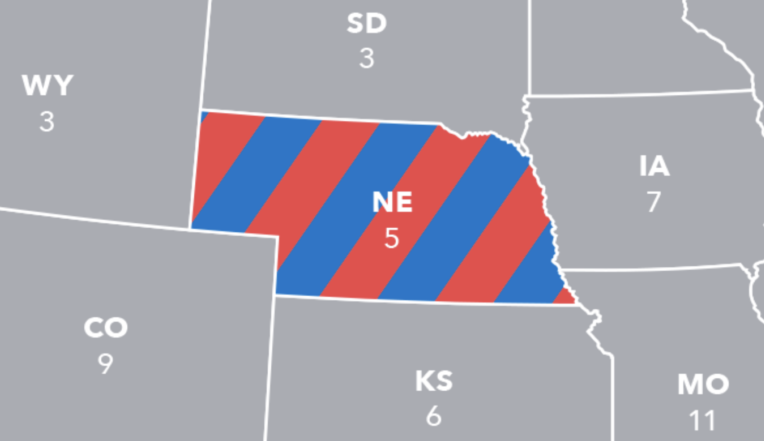While the 538 electors of the Electoral College collectively determine who wins U.S. Presidential and Vice Presidential elections, each state legislature has the ability to determine how its constitutionally-mandated electoral votes (equal to its total Congressional representation) are assigned to specific candidates.
In 48 states, the state legislature currently mandates that the winner of the majority of citizen votes (known as the popular vote) receives all of the state’s electoral votes. This is known as a winner-take-all or unit rule procedure. Although how states assign votes was never debated in the constitutional convention, it became the universal practice of allocating electoral vote by the first third of the 19th century.
. . .
Implications For Presidential Elections
Although an improvement over winner-take-all system’s potential incongruity between the popular and electoral college vote, the Nebraska and Maine electoral vote allocations are imperfect solution for a couple of reasons.
First, the U.S. Senate is not apportioned by population. Citizens in smaller population states essentially get more than a 3 to 1 advantage over large state voters in their Electoral College representation, giving them a disproportionate say on who gets elected.
Secondly, it is only as fair as malapportioned Congressional districts. Given the widespread practice of gerrymandering (drawing districts to favor one party over another) in the states, the problem of equal voting power even within a state is not ameliorated. If you live in a “swing district”, your party might get 49.9% of the vote in the district but the whole electoral vote would still go to the winner of 50.1%. That is why we label this method as semi-proportional, at best.




